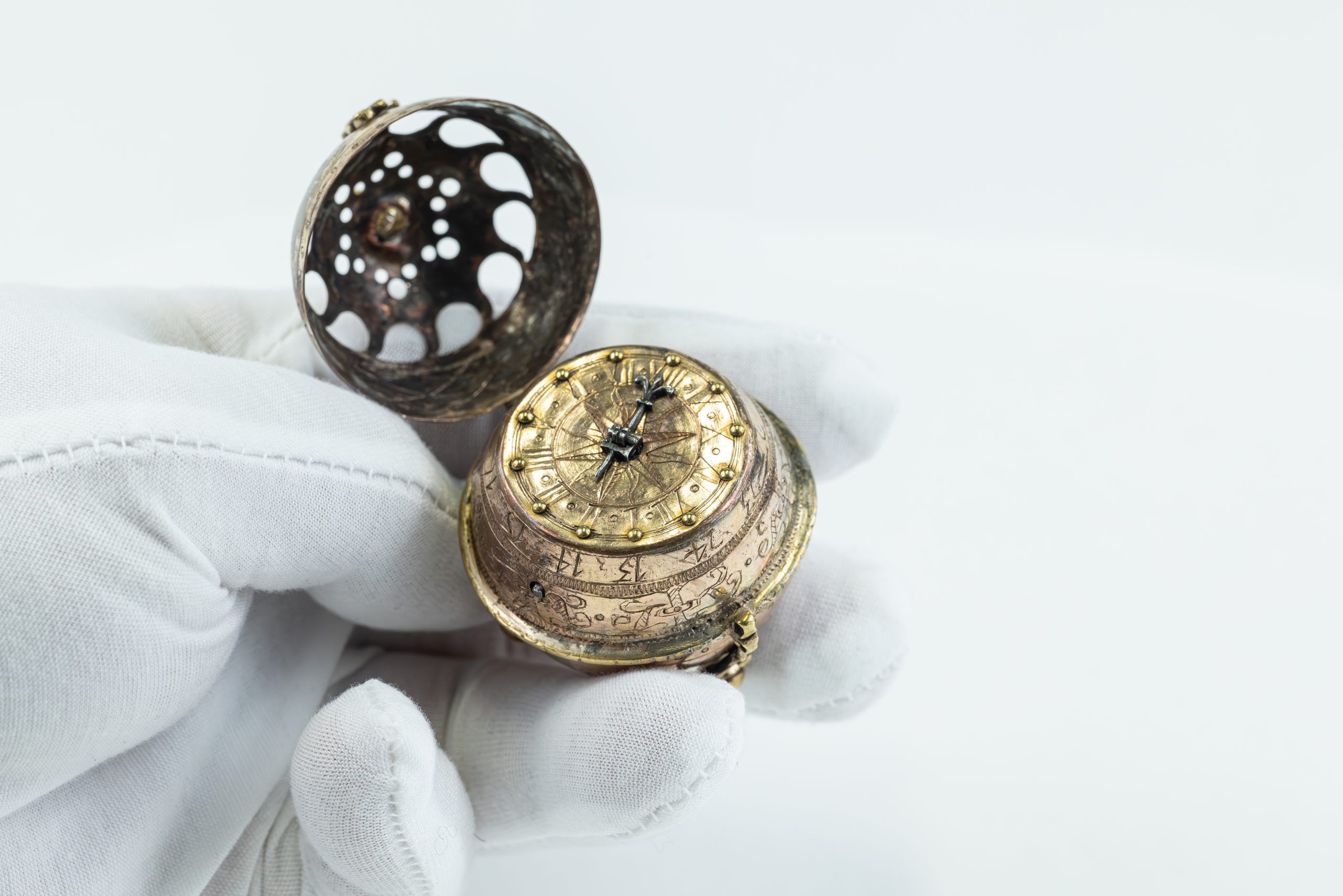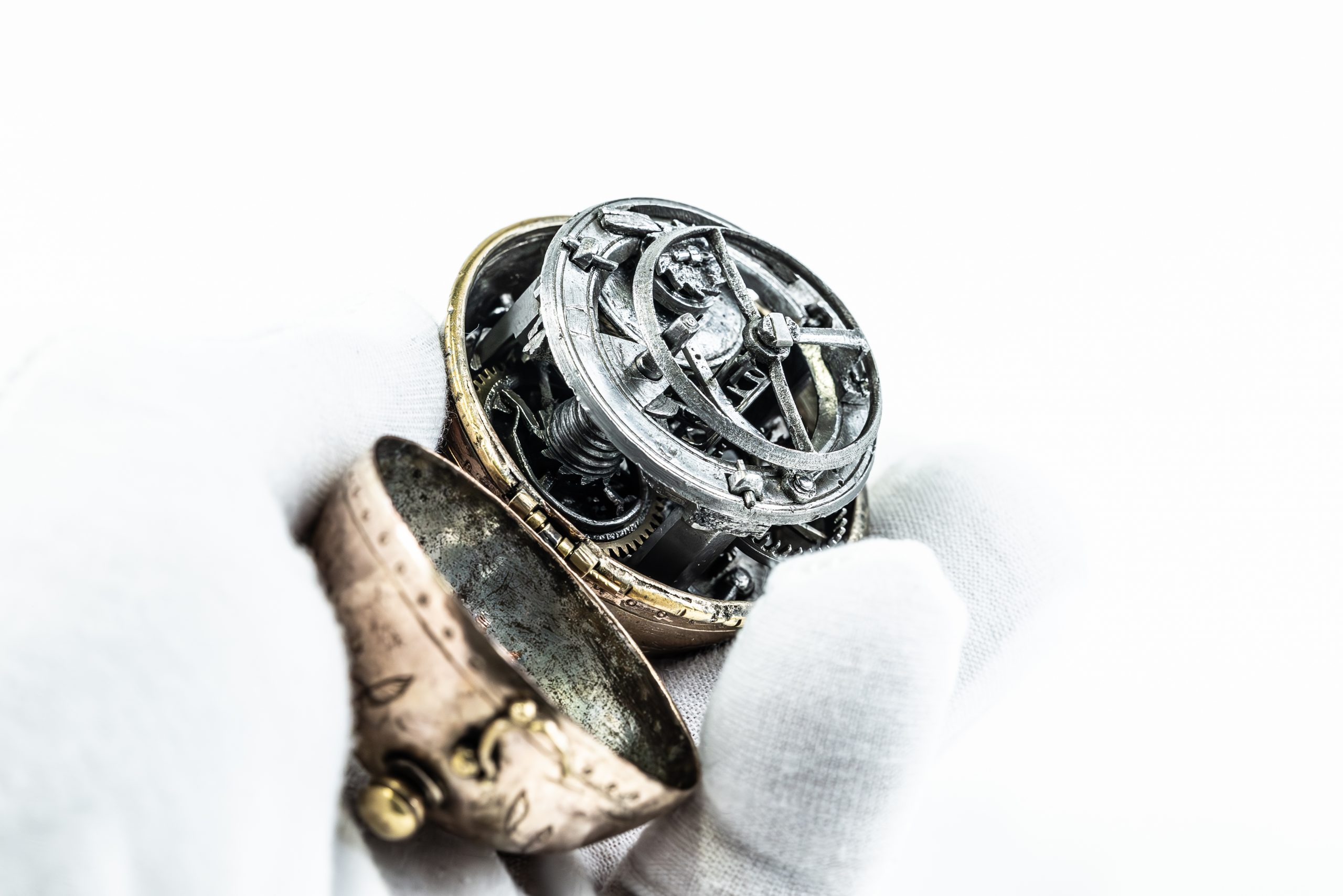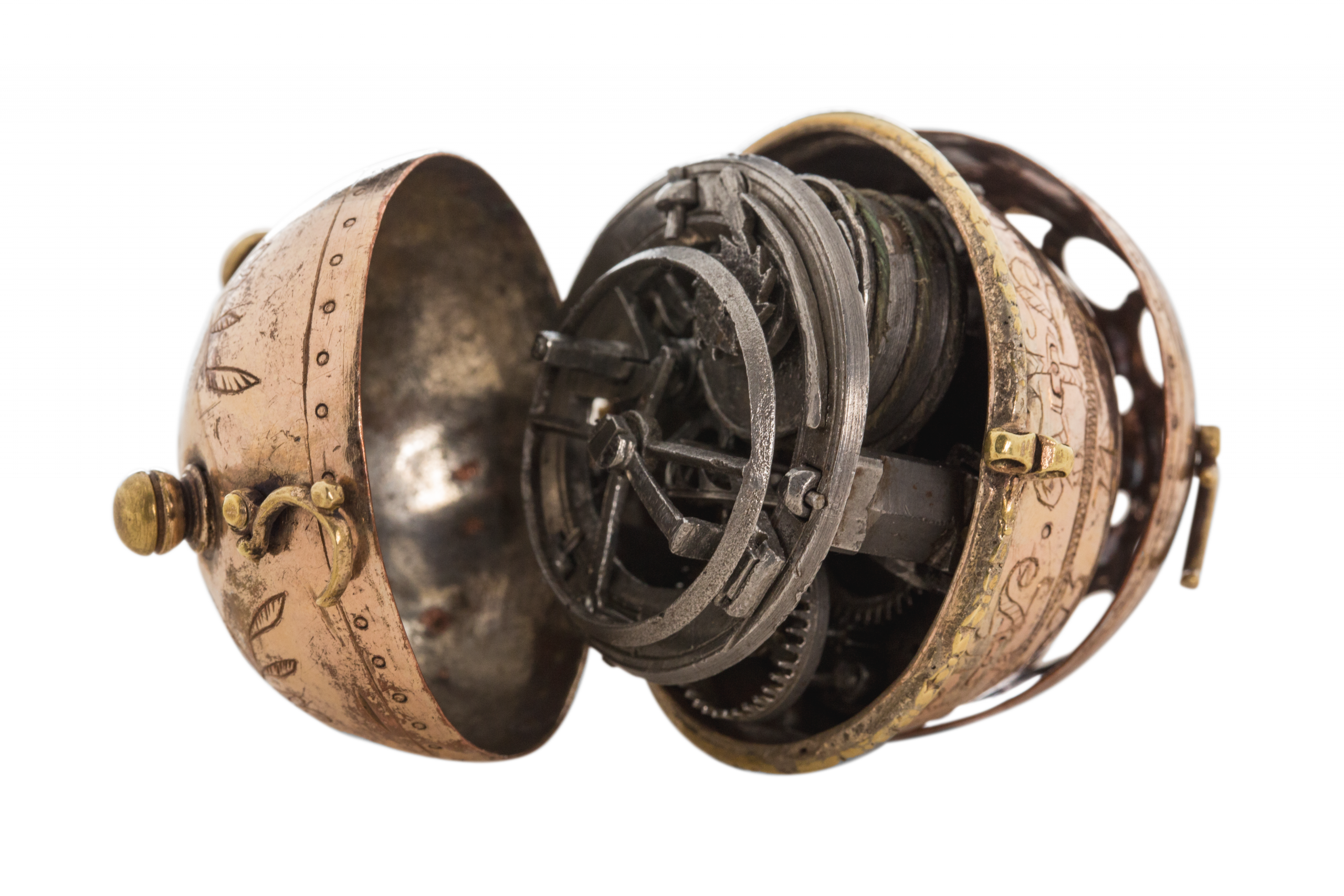Nuremberg
The 1505 Watch
The First of Its Kind – The 1505 Watch
World`s Oldest & First Watch by Peter Henlein
The 1505 Watch, invented in Nuremberg, in Year 1505 is the earliest surviving wearable timepiece: a gilded pomander sphere enclosing a miniature movement so ingenious that it transformed the clock into something entirely new — a watch, wearable on the body. With this breakthrough, time became personal, portable, wearable and intimate. Humanity could now carry its most precious dimension — time — close to the heart.
No watch predating the 1505 Watch has survived, nor is there any historical record of a watchmaker achieving such a breakthrough before Peter Henlein. Among Henlein’s surviving timepieces, the celebrated Melanchthon Watch of 1530 is the best known. While technically advanced and beautifully crafted, it is too late and too elaborate to represent his earliest work. For this reason, the 1505 Watch is recognized as the world’s first watch, a revolutionary artifact that altered humanity’s relationship with time and laid the foundation for the science and art of horology.
The achievement was made possible in a very particular place and moment. Around 1505, Nuremberg was among Europe’s most vibrant Renaissance cities: a free imperial city at the crossroads of trade, metallurgy, and humanist thought. Here, the young locksmith Peter Henlein succeeded in miniaturizing a spring-driven movement to fit within a small, portable and wearable device: an oriental pomander case. This was a feat of vision and daring. At a time when public life was ruled by monumental tower clocks, Henlein transformed that collective rhythm into a personal timekeeper, turning time from public sound into private possession.

Encased in a gilded copper sphere (Pomander) with silver-plated interior and an iron movement, the 1505 Watch embodies the fusion of cultures and ideas.
Its pomander shell reflects Oriental influences brought through trade and scholarship, while its precise mechanism testifies to German craftsmanship and Renaissance ingenuity.
In one artifact, East and West, symbolism and technology, artistry and mechanics converged.
The historical weight of this achievement has been recognized for centuries. In 1905, the city of Nuremberg celebrated the 400th anniversary of Henlein’s invention of the portable watch by unveiling a statue in his honor.
The bronze figure shows Henlein proudly holding a small timepiece, gazing at it with admiration — a civic tribute to the man who gave humanity the gift of wearable time.
In the twenty-first century, after decades of expert examinations and advanced material analysis, the 1505 Watch stands authenticated as Henlein’s earliest and most groundbreaking creation. No scientific investigation has found contradiction; instead, every finding reinforces its originality. Today, it is presented not only as a historical object, but as the point of origin of watchmaking itself — the beginning of every pocket watch, wristwatch, and haute horlogerie masterpiece that followed.
Seen against the wider horizon of early modern timekeeping, Henlein’s achievement appears extraordinary. Across Europe, time was measured by civic bells, while in the Islamic world and Mediterranean, scholars perfected astrolabes, sundials, and water clocks — brilliant instruments of learning, but never designed for personal wear. The 1505 Watch opened an entirely new category: the compression of universal, public time into an intimate object, entrusted to the individual.
More than 500 years later, the 1505 Watch survives in remarkable condition. Apart from minor, expected repairs, it remains both functional and authentic — a living witness to the moment when time itself became wearable. Its story is not only about mechanics, but about meaning: it marks the moment when humanity first gained the power to hold time in its own hands.
Note on Complexity and Ongoing Research
The story of the 1505 Watch is vast and multifaceted. What you will encounter on these pages is a carefully reduced introduction to an artifact of extraordinary complexity. Each symbol, each mechanical detail, and each historical connection opens further dimensions of meaning and discovery. As our ongoing investigations and international research collaborations progress, new insights will be revealed step by step. We invite every visitor to join this journey – exploring the 1505 Watch in ever greater depth, and experiencing the fascination of the world’s first watch as it continues to unfold its secrets.


